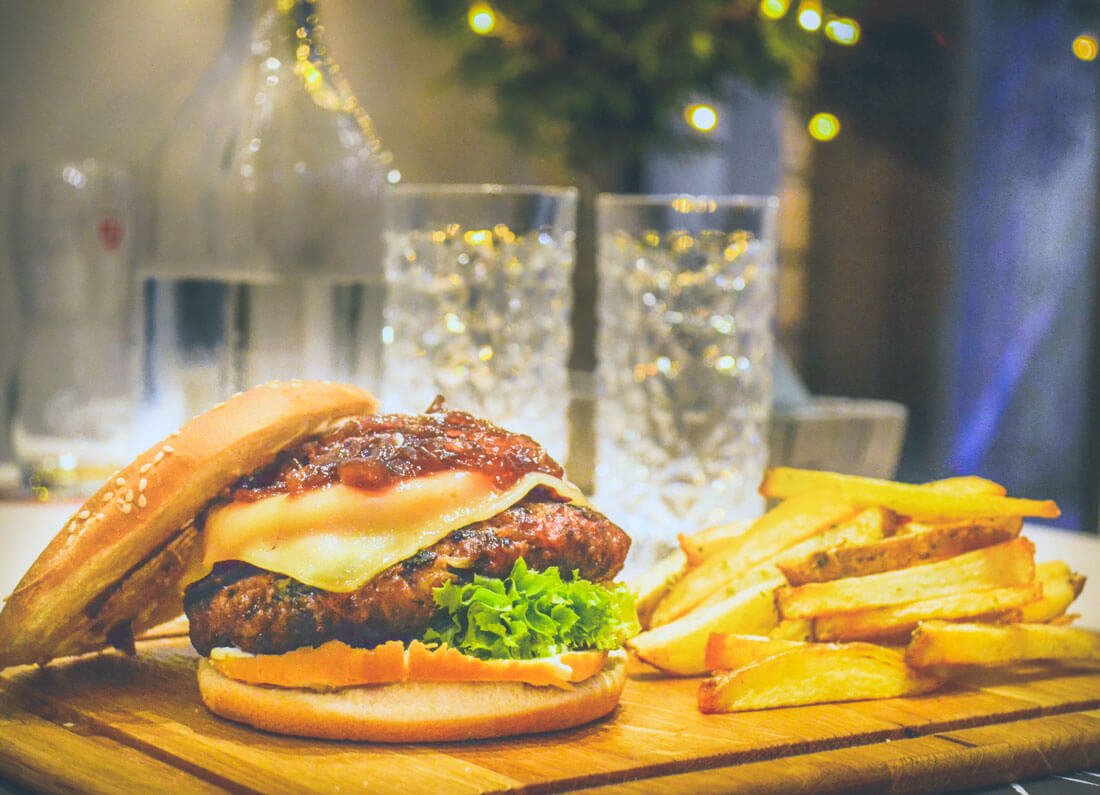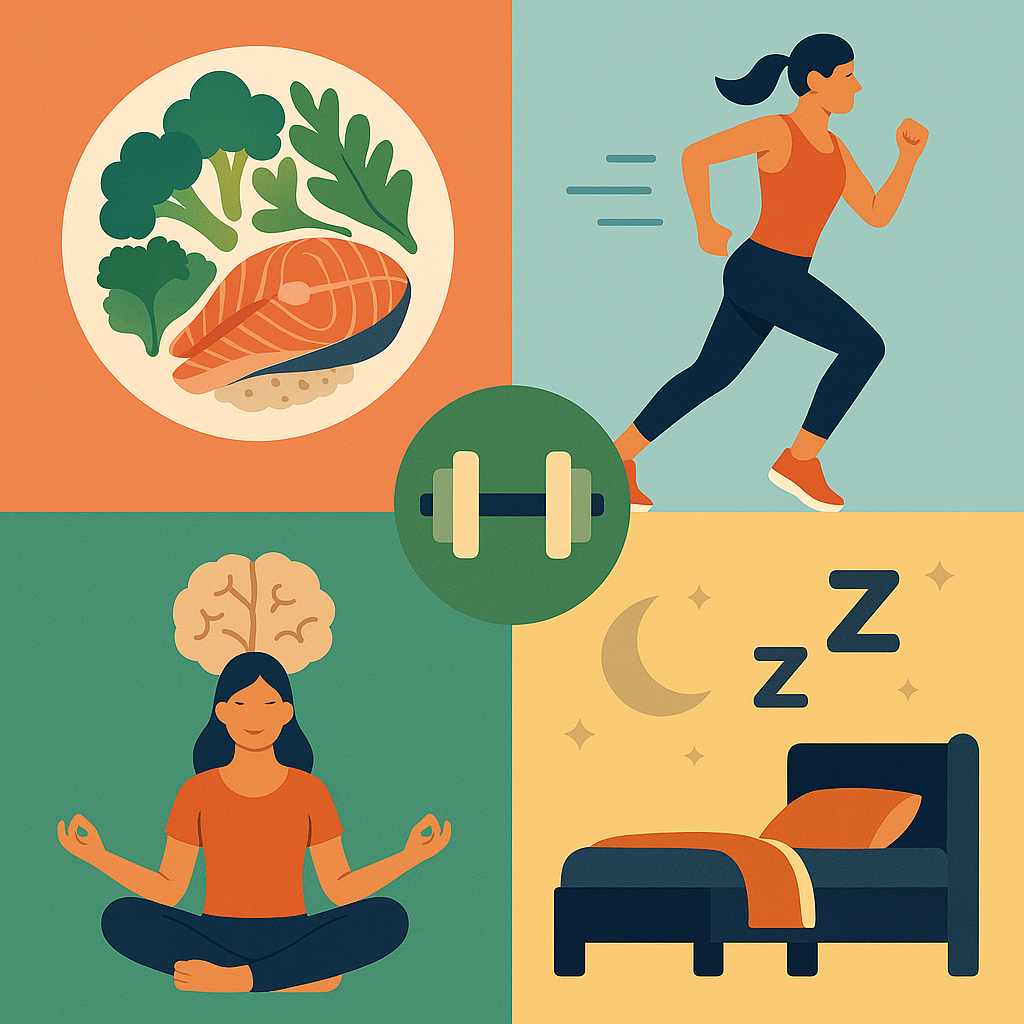🍔 Burger vs. Sandwich: What’s the Difference? Many people wonder: Is a burger just a type of sandwich? The answer is both yes and no, depending on how you define each. Let’s explore the similarities and differences between these two beloved meals. 🔹 What is a Sandwich? A sandwich generally consists of two slices of bread with fillings such as meat, cheese, vegetables, or spreads. Sandwiches can be cold or hot, simple or complex, and are often easy to pack and eat on the go. 🔹 What is a Burger? A burger specifically refers to a cooked ground meat patty—most commonly beef—placed inside a sliced hamburger bun. Toppings like lettuce, tomato, cheese, and sauces are added, making it a specific type of sandwich by broader definitions. 🧩 Key Differences Structure: Burgers use soft buns, while sandwiches often use sliced bread, baguettes, or rolls. Main Filling: Burgers usually have a ground meat patty. Sandwiches have varied fillings like ham, turkey, or tuna. Culture: Burgers are strongly linked to American fast food, while sandwiches are a more universal meal. 🌍 Global Variations There are endless regional variations. In Vietnam, you’ll find bánh mì; in France, croque-monsieur; in Thailand, chicken burgers are often spicy and sweet. All are cousins in the sandwich family! 🥪 Final Verdict Technically, all burgers are sandwiches, but not all sandwiches are burgers. It’s all about the form, filling, and cultural twist!
Read More





